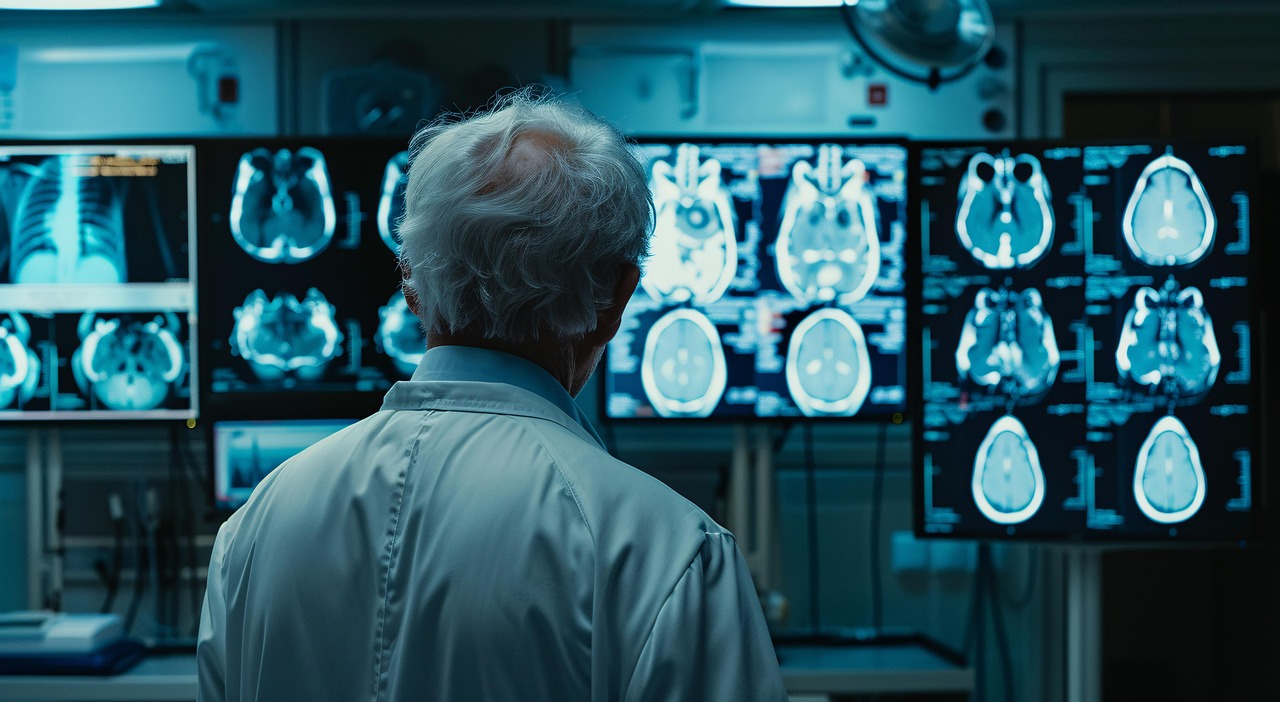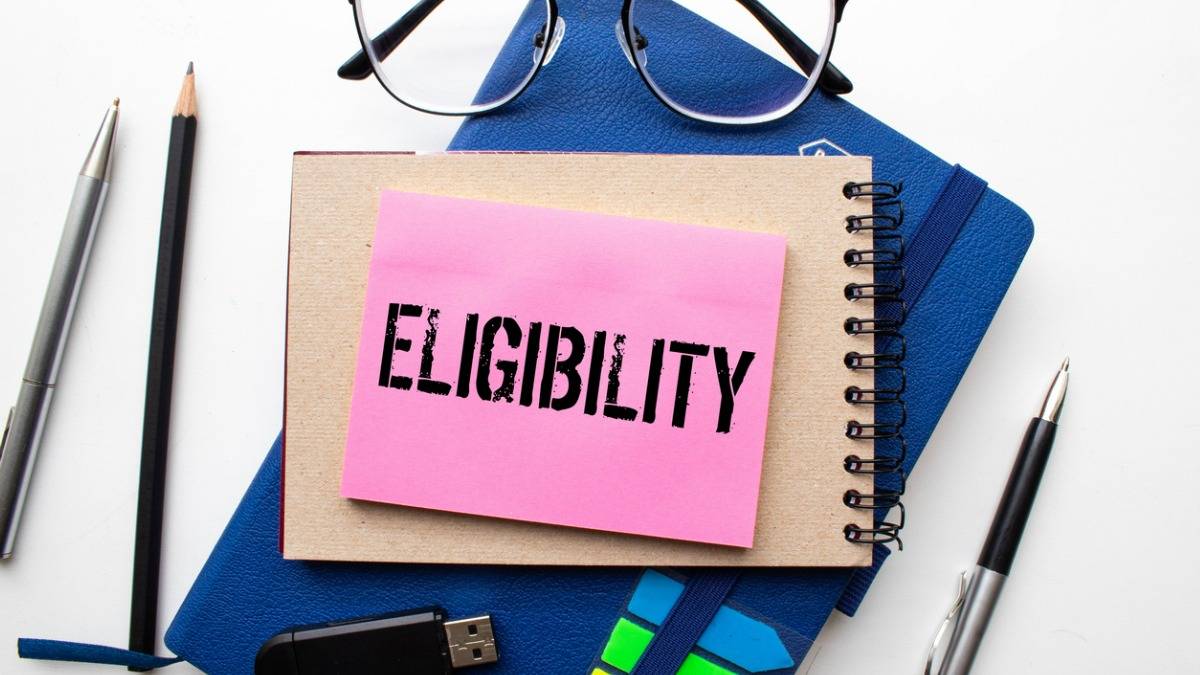PARAMEDICAL & HEALTHCARE
Medical Radiology & Imaging Technology
Diploma in Radiology & Imaging Technology (X – Ray) – 2 year
Bachelor in Radiology & Imaging Technology (X – Ray) – 3 year
| Course Name | Diploma / Bachelor Medical Imaging Technology (X – Ray) |
|---|---|
| Course Level | Diploma / Bachelor |
| Course Duration | 2 or 3 years |
| Course Eligibility | For lateral – 10 + 3 (SSC + Diploma ) / 12 + 1 (12th + DMLT) |
| Average Salary | INR Rs. 3,00,000 to Rs. 5,00,000 per year. |
| Areas of Employment | Hospitals, Clinics, Medical Labs, Nursing homes |
| Government Affiliation | Yes |
DIPLOMA RADIOLOGY AND IMAGING TECHNOLOGY
The Diploma in Radiology and Imaging Technology is a specialized program designed to train individuals in the field of medical imaging. Students enrolled in this diploma gain comprehensive knowledge and practical skills in various imaging techniques such as x-ray tech diploma, ultrasound, and computed tomography (CT), magnetic resonance imaging (MRI), and more. They learn to operate advanced imaging equipment, ensure patient safety during procedures, and interpret diagnostic images accurately. With a strong emphasis on both theoretical learning and hands-on experience, graduates are equipped to work as radiologic technologists or imaging technicians in hospitals, clinics, diagnostic centers, and other healthcare facilities. This diploma opens doors to a rewarding career in the rapidly evolving field of medical imaging, where professionals play a crucial role in diagnosing and treating medical conditions.

Overview
B.Voc in Radiology & Imaging Technology is an undergraduate degree program that focuses on preparing students to work in the field of medical imaging. Here are some key benefits and aspects of this program: The curriculum typically covers a wide range of topics including radiographic techniques, principles of radiology, anatomy and physiology relevant to imaging, patient care and safety, radiation protection, and the operation of imaging equipment such as X-ray, MRI, CT, ultrasound, and nuclear medicine.
Program Highlights
- Hands-On Training: Extensive practical experience in radiographic techniques and imaging technologies.
- Industry-Relevant Curriculum: Courses developed in collaboration with radiology professionals and healthcare institutions.
- Clinical Internships: Opportunities for real-world experience through internships in radiology departments.
- Career-Oriented: Focus on practical skills and knowledge directly applicable to radiology and imaging settings.
- Expert Faculty: Instruction by experienced radiographers and medical imaging specialists.
- Soft Skills Development: Training in communication, teamwork and patient care ethics.
Program Benefits
- Job Opportunities: High demand for skilled radiology and imaging technologists in healthcare and diagnostic sectors.
- Career Advancement: Opportunities for specialization and career growth through advanced education and certifications.
- Contribution to Healthcare: Essential role in diagnosing and treating medical conditions through advanced imaging technologies.
- Financial Stability: Competitive salaries and benefits in the healthcare industry.
- Professional Satisfaction: Fulfilling work that supports medical professionals in patient care and health management.
Eligibility Criteria
Candidates must have completed class 10+2 in any group
Overview
Nature and purpose of the qualification (Please specify whether a qualification is short-term or long-term)
B.Voc. Radiology Medical Imaging Tech. is a bachelor-level course. The duration of this course is 3-year long and its syllabus is divided into 6 semesters and it provide in part-time basis by various institutes. This is important and valuable for candidates, and job presenting in nature. Also, it is a process used to design images of the human body or function and parts thereof for medical science and clinical purposes. This course is offered by many colleges or universities on part-time basis. Also, it is career presenting in nature and provide job opportunities for the successful graduate candidates in various fields.

Occupation(s) to which the qualification gives access
Radiology Technician knew as Radiologic technologists, Radiological technologists and technicians when working in a hospital or diagnostic centre or another healthcare facility
Entry requirements/recommendations
Class XII in Science or Level 3 X-ray Technician with 3 years of experience in the field
Progression from the qualification (Please show Professional and academic progression)
Progression will be possible in both academics as well as The professional area as: Level 5: Team leader – Radiology Department Level 5: Specialization in Advanced Radiological Procedures through bridge course
Planned arrangements for RPL.
HSSC has developed an RPL policy to conduct pre-assessment of students for gap analysis as per NOS, sharing the gap & final assessments of students and certification.
International comparability where known
While writing the NOSs the UK NOSs were also referred to and an effort was taken to maintain comparability in the technical part of the NOSs.
Course Description
Numerous disorders can be detected with X-rays, CT scans, ultrasounds, MRIs, etc. Technologists in medical imaging perform all of this job. All facets of the medical imaging process are covered in the Bachelor of Vocational Studies in Medical Imaging Technology (B.Voc.-MIT) course. The curriculum aims to prepare students for a variety of jobs in the healthcare sector. This vocational program includes several career-focused courses, such as physiotherapy, diagnosis, x-ray, and medical lab technology
X-Ray Technician
Technologists manage efficiently and read and receive diagnostic reports using technical components and machines.
Assistant X-Ray Technician
The assistant X-ray technician can operate the X-ray or radiographic machine.
Consultant Radiologist
Patients are advised to make proper diagnosis and treatment and also to get the proper type of testing.
X-Ray Testing Technician
X-ray testing technicians can handle all of these types of components and test options
Radiology Technician
A Radiology Technician works with a Radiologist to diagnose and treat patients using diagnostic imaging examinations.
Radiology Assistant:
They help radiologists manage and assess patients by performing radiologic procedures.
Radiologists
Radiologists are medical professionals that are specialists in the field of medical imaging.
Radiographer
Radiologic technologists use diagnostic imaging equipment to help physicians identify illnesses and injuries.
Radiology Nurse
They may use x-ray equipment, computed tomography, magnetic resonance imaging, or mammography to perform X-rays, CT scans, MRIs, or mammograms.
